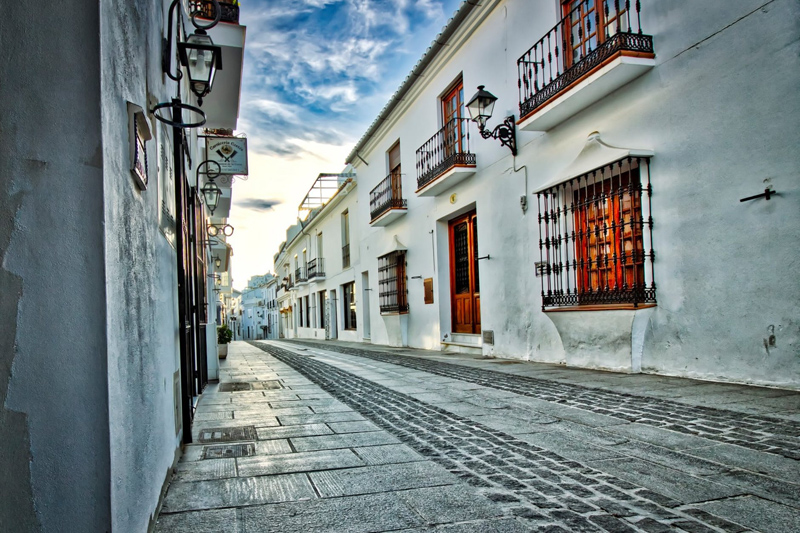Spanish numbers. From 1 to 29

This article covers the list of Spanish numbers, from 1 to 29, their use and grammar explanations, a video to listen how their are pronounced and get familiar with their spelling and, finally, some exercises, to practice what you have learn.
First of all, here is the table with the list of numbers in Spanish:
Notes:
I have created a new video, so that you can listen to the pronunciation of these numbers and associate the Spanish pronunciation with their spelling. Watch the video.
Do you want to make some exercises? If so, here is the link to a quiz I have prepared about Spanish numbers, from number 1 to 29. Go to the quiz.
First of all, here is the table with the list of numbers in Spanish:
| Number | English | Spanish | Number | English | Spanish |
| One | Un / Uno / Una | Sixteen | Dieciséis | ||
| Two | Dos | Seventeen | Diecisiete | ||
| Three | Tres | Eighteen | Dieciocho | ||
| Four | Cuatro | Nineteen | Diecinueve | ||
| Five | Cinco | Twelve | Veinte | ||
| Six | Seis | Twenty one | Veintiuno / Veintiuna | ||
| Seven | Siete | Twenty two | Veintidós | ||
| Eight | Ocho | Twenty three | Veintitrés | ||
| Nine | Nueve | Twenty four | Veinticuatro | ||
| Ten | Diez | Twenty five | Veinticinco | ||
| Eleven | Once | Twenty six | Veintiséis | ||
| Twelve | Doce | Twenty seven | Veintisiete | ||
| Thirteen | Trece | Twenty eight | Veintiocho | ||
| Fourteen | Catorce | Twenty nine | Veintinueve | ||
| Fifteen | Quince |
Notes:
I have created a new video, so that you can listen to the pronunciation of these numbers and associate the Spanish pronunciation with their spelling. Watch the video.
Do you want to make some exercises? If so, here is the link to a quiz I have prepared about Spanish numbers, from number 1 to 29. Go to the quiz.
You Should Also Read:
Spanish vocabulary. Parentescos. (Relatives)
Spanish Crossword -Furniture and decor

Related Articles
Editor's Picks Articles
Top Ten Articles
Previous Features
Site Map
Content copyright © 2023 by Angeles Fernández. All rights reserved.
This content was written by Angeles Fernández. If you wish to use this content in any manner, you need written permission. Contact Angeles Fernandez for details.






